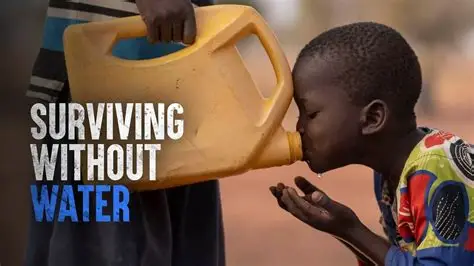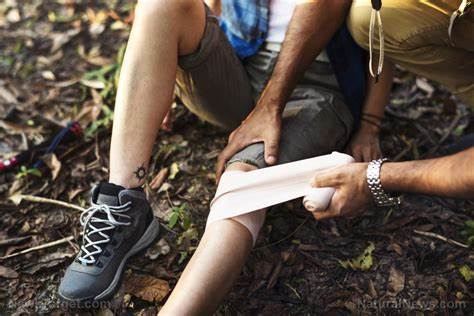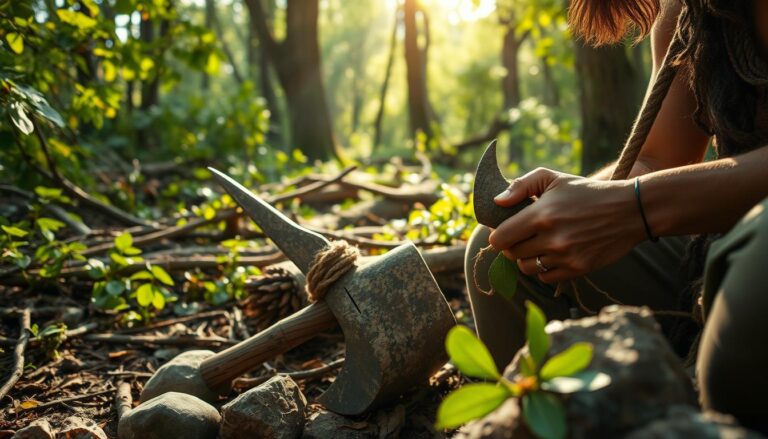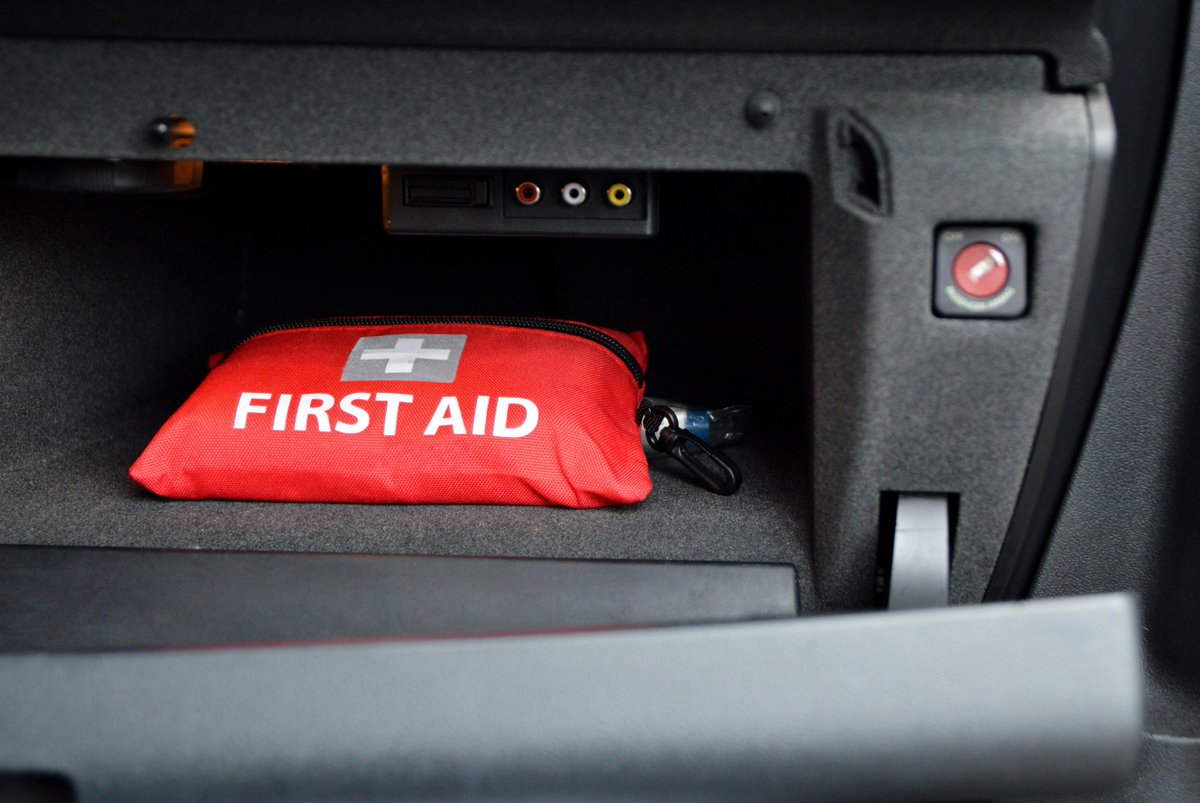Venturing into the wild offers unparalleled opportunities for adventure, exploration, and a deeper connection with nature. However, it also means entering the natural habitat of wild animals. While most wild animal encounters are harmless, understanding how to prevent negative interactions and react appropriately in an unexpected situation is crucial for your safety. From the smallest insects to the largest predators, being prepared is your best defense.
The key to protecting yourself from wild animals lies in knowledge, awareness, and respecting their space. Animals typically avoid humans, and most incidents occur when animals feel threatened, are protecting their young or food, or are habituated to human presence (often due to improper food storage). This guide provides comprehensive steps to minimize risk and react effectively during a wild animal encounter.
Understanding Wild Animal Behavior
Before diving into specific protection methods, it’s essential to understand general wild animal behavior:
- Fear of Humans: Most wild animals instinctively fear humans and will try to avoid confrontation.
- Territoriality: Animals may become aggressive if they perceive you as a threat to their territory, young, or food source.
- Habituation: Animals that become accustomed to humans (e.g., by being fed) can lose their natural fear and become bold, leading to more dangerous encounters. This is why “do not feed the animals” rules are critical in national parks and wilderness areas.
- Surprise Encounters: Many negative interactions occur when an animal is surprised, leading to a defensive reaction. Making noise while hiking can help prevent this.
- Food Motivation: Animals, particularly bears and rodents, are often driven by food. Improper food storage is a leading cause of human-wildlife conflict.
Prevention: Minimize Your Chances of an Encounter
The best way to protect yourself is to avoid an encounter in the first place. Prevention is always better than confrontation.
- Research Your Destination and Local Wildlife
- Know the Inhabitants: Before your trip, research the types of animals prevalent in the area you’ll be visiting. Understand their typical behaviors, feeding habits, and active times (e.g., nocturnal, diurnal).
- Check Park Advisories: Consult park ranger stations, visitor centers, or official park websites for recent wildlife sightings, warnings, or closures. They often have the most up-to-date information on animal activity.
- Learn About Local Dangers: Identify specific regional threats, such as venomous snakes, scorpions, or aggressive species like moose in North America or wild boars in parts of Europe and Asia.
- Make Your Presence Known
- Make Noise While Hiking: Talk, sing, or attach a bear bell to your backpack (though some argue their effectiveness for bears, they are good for general awareness). This helps avoid surprising animals, giving them time to move away.
- Travel in Groups: Groups are generally louder and appear larger, which can deter animals. Many predators are less likely to approach multiple individuals.
- Store Food Properly (Crucial for Mammals)
This is one of the most important steps, especially when dealing with bears, raccoons, rodents, and coyotes.
- Bear-Resistant Containers/Bags: Use certified bear-resistant food containers (BRFCs) or hang your food in a bear bag at least 10-12 feet off the ground and 6 feet away from the tree trunk.
- Never Store Food in Tents: Keep all food, scented items (toothpaste, deodorant, lotions), and garbage outside your tent. Animals have an incredibly keen sense of smell.
- Clean Up Thoroughly: Don’t leave any food scraps or crumbs around your campsite. Pack out all garbage, even tiny bits.
- Cook Away from Sleeping Areas: Set up your cooking area a good distance (at least 100 yards/meters) downwind from your sleeping area.
- Maintain a Clean Campsite
- No Food Waste: Don’t bury food scraps; animals will dig them up.
- Proper Waste Disposal: Use designated trash receptacles or pack out all waste, including food wrappers, fruit peels, and even dishwater.
- Keep Pets Under Control
- Leash Your Dogs: Pets, especially dogs, can provoke wild animals. Keep them on a leash at all times, as even a well-behaved dog can trigger a defensive attack from wildlife.
- No Free Roaming: Do not allow pets to roam freely, as they can chase or harass animals, leading to dangerous confrontations.
- Avoid Approaching Wild Animals
- Maintain Distance: Never approach, follow, or feed wild animals. Use binoculars or a telephoto lens for viewing. A general rule of thumb for large animals is to stay at least 25 yards (23 meters) away, and 100 yards (91 meters) for bears and wolves.
- Teach Children: Educate children about the dangers of approaching wildlife and the importance of respecting their space.
- Never Feed Animals: This habituates them to humans and teaches them to associate humans with food, leading to aggressive behavior. It also disrupts their natural diet and behaviors.
Deterrence: Tools and Strategies
Even with preventative measures, an encounter can happen. Having deterrents ready can be lifesaving.
- Bear Spray (Capsaicin-Based Deterrent)
- Purpose: Effective against aggressive bears (black, grizzly, polar) and other large mammals like cougars, moose, and aggressive dogs. Bear spray contains a highly concentrated capsaicin (the active ingredient in chili peppers) irritant designed to temporarily incapacitate an animal’s respiratory system and eyes, giving you time to escape.
- Carry it Accessibly: Keep it in a holster on your hip or chest, not in your backpack. You need to be able to deploy it instantly.
- Know How to Use It: Practice deploying a training canister. Understand wind direction, effective range (usually 25-35 feet/7-10 meters), and spray duration. Aim for the animal’s face.
- Check Expiration Dates: Bear spray has an expiration date; ensure yours is current.
- Whistles or Air Horns
- Sudden Noise: A loud, sudden noise can startle and deter some animals, especially smaller ones like coyotes, wolves, or curious bears.
- Signaling: Also useful for signaling for help in an emergency.
- Trekking Poles or Sticks
- Appearance: Holding trekking poles above your head can make you appear larger.
- Defense: Can be used as a last resort for physical defense, but primary focus should be on escape.
During an Encounter: How to React
Your reaction depends heavily on the type of animal and its behavior.
General Rules for All Animals:
- Stay Calm: Panic can lead to poor decisions. Take a deep breath.
- Do Not Run: Running can trigger a chase response in many predators.
- Appear Large: Stand your ground, wave your arms slowly, and speak in a firm, loud voice.
- Back Away Slowly: Slowly back away, never turning your back on the animal.
- Give Them Space: Allow the animal an escape route. Do not corner it.
Specific Animal Encounters:
- Bears (Black Bear, Grizzly Bear/Brown Bear):
- Black Bear: Generally less aggressive. Make noise, yell, and try to scare it away. If it charges, stand your ground. If it attacks, fight back with everything you have, aiming for the face and eyes.
- Grizzly Bear/Brown Bear: More aggressive and territorial.
- If it charges (bluff charge): Stand your ground. Most charges are bluff charges. Deploy bear spray when it’s within range (25-35 feet).
- If it makes contact (defensive attack): Play dead. Lie on your stomach with your hands clasped behind your neck to protect your vital organs. Spread your legs to prevent rolling. Remain still until you are certain the bear has left.
- If it’s a predatory attack (rare): If a bear attacks you in your tent or at night, or if it’s a silent, predatory stalk, fight back as aggressively as possible.
- Cougars/Mountain Lions:
- Do not run.
- Make yourself look big: Wave your arms, open your jacket, shout aggressively.
- Maintain eye contact: Unlike bears, eye contact is generally advised for cougars.
- Throw objects: If it approaches, throw rocks, sticks, or anything you can reach.
- Fight back: If an attack occurs, fight back aggressively with anything available, aiming for the eyes and nose.
- Moose:
- Recognize Warning Signs: Ears laid back, hair on neck bristling, stomping hooves. Moose are large and can be extremely aggressive, especially cows with calves or during mating season.
- Do Not Approach: Give them a wide berth.
- If Charged: Run and try to get behind a large tree or obstacle. If knocked down, curl into a ball and protect your head.
- Wolves/Coyotes/Wild Dogs:
- Generally shy, but can become bold if habituated.
- Make noise, throw objects, appear aggressive.
- Maintain eye contact.
- Do not run.
- If they attack, fight back aggressively.
- Snakes:
- Identify Venomous vs. Non-Venomous: Learn local venomous snake species.
- Leave Them Alone: Most snake bites occur when people try to handle, harass, or kill snakes.
- Watch Your Step: Be aware of where you place your hands and feet, especially in rocky or grassy areas.
- If Bitten (Venomous):
- Stay calm and minimize movement.
- Remove any tight clothing or jewelry near the bite area.
- Keep the bitten area below heart level.
- Clean the wound with soap and water (if available).
- Seek immediate medical attention. Do not apply a tourniquet, cut the wound, or try to suck out venom. These methods are harmful and ineffective.
- Insects (Ticks, Mosquitoes, Bees/Wasps):
- Repellents: Use insect repellents containing DEET or Picaridin.
- Protective Clothing: Wear long sleeves and pants, tucking pants into socks.
- Check for Ticks: Perform thorough tick checks after outdoor activities. Remove ticks promptly and correctly with fine-tipped tweezers.
- Allergies: If you have severe allergies to insect stings (e.g., bees, wasps), carry an Epinephrine Auto-Injector (EpiPen) and know how to use it.
After an Encounter
- Assess Safety: Ensure you and your group are safe and out of immediate danger.
- Check for Injuries: Examine yourself and others for any injuries, even minor ones.
- Report the Incident: If it was a significant or aggressive encounter, especially with a large animal, report it to park rangers or local wildlife authorities. This helps them monitor animal behavior and issue warnings if necessary.
- Learn from the Experience: Reflect on what happened and how you can better prevent or handle future encounters.
By understanding animal behavior, taking preventative measures, carrying appropriate deterrents, and knowing how to react in an emergency, you can significantly enhance your safety and enjoy your time in the wild responsibly. Remember, you are a visitor in their home.
FAQ (Frequently Asked Questions)
Q1: What is the most important rule when encountering a wild animal?
The most important rule is do not run. Running can trigger a chase response in many predators. Instead, stay calm, make yourself appear large, and slowly back away while maintaining eye contact (except for bears where direct eye contact can be seen as a challenge).
Q2: Is bear spray effective against all types of bears?
Bear spray is effective against all types of bears (black, grizzly, and polar bears) as well as other aggressive large mammals like cougars or moose. It works by irritating the animal’s respiratory system and eyes, giving you a chance to escape. It’s crucial to carry it in an easily accessible location and know how to use it.
Q3: How should I store food in the wilderness to avoid attracting animals?
Always store food, garbage, and all scented items (like toiletries) in bear-resistant containers (BRFCs) or hang them in a bear bag at least 10-12 feet off the ground and 6 feet away from the tree trunk. Never keep food inside your tent. Cook and eat at least 100 yards (91 meters) away from your sleeping area.
Q4: What should I do if a bear charges me?
A4: Your reaction depends on the bear species and the type of charge:
- Black Bear: If a black bear charges or attacks, fight back aggressively with anything you have, aiming for the face and eyes. Black bear attacks are often predatory.
- Grizzly Bear (Brown Bear): Most charges are bluff charges. Stand your ground and prepare to use bear spray. If the bear makes physical contact and it’s a defensive attack, play dead by lying on your stomach, protecting your neck, and remaining still. If it’s a rare predatory attack, fight back.
Q5: Should I make eye contact with a wild animal?
Generally, avoid direct eye contact with bears, as they can interpret it as a challenge. For cougars (mountain lions), wolves, and coyotes, maintaining eye contact is often recommended to show them you are not prey. Always prioritize staying calm and slowly backing away.
Q6: How far away should I stay from wild animals?
As a general rule, stay at least 25 yards (23 meters) away from most wild animals. For bears and wolves, maintain an even greater distance of at least 100 yards (91 meters). Always give animals ample space, especially if they have young.
Q7: What if I encounter a snake?
If you encounter a snake, leave it alone. Most snake bites occur when people try to handle, harass, or kill snakes. Give it a wide berth and walk around it. Be aware of where you step and place your hands in rocky or grassy areas. If you are bitten by a venomous snake, stay calm, keep the bitten area below heart level, and seek immediate medical attention. Do NOT use tourniquets, cut the wound, or try to suck out venom.
Q8: Is it safe to bring my dog into the wilderness?
If allowed in the area, always keep your dog on a leash. Dogs can provoke wild animals, chase them into dangerous situations, or draw aggressive animals to you. A leashed dog is easier to control and less likely to trigger a negative interaction.









